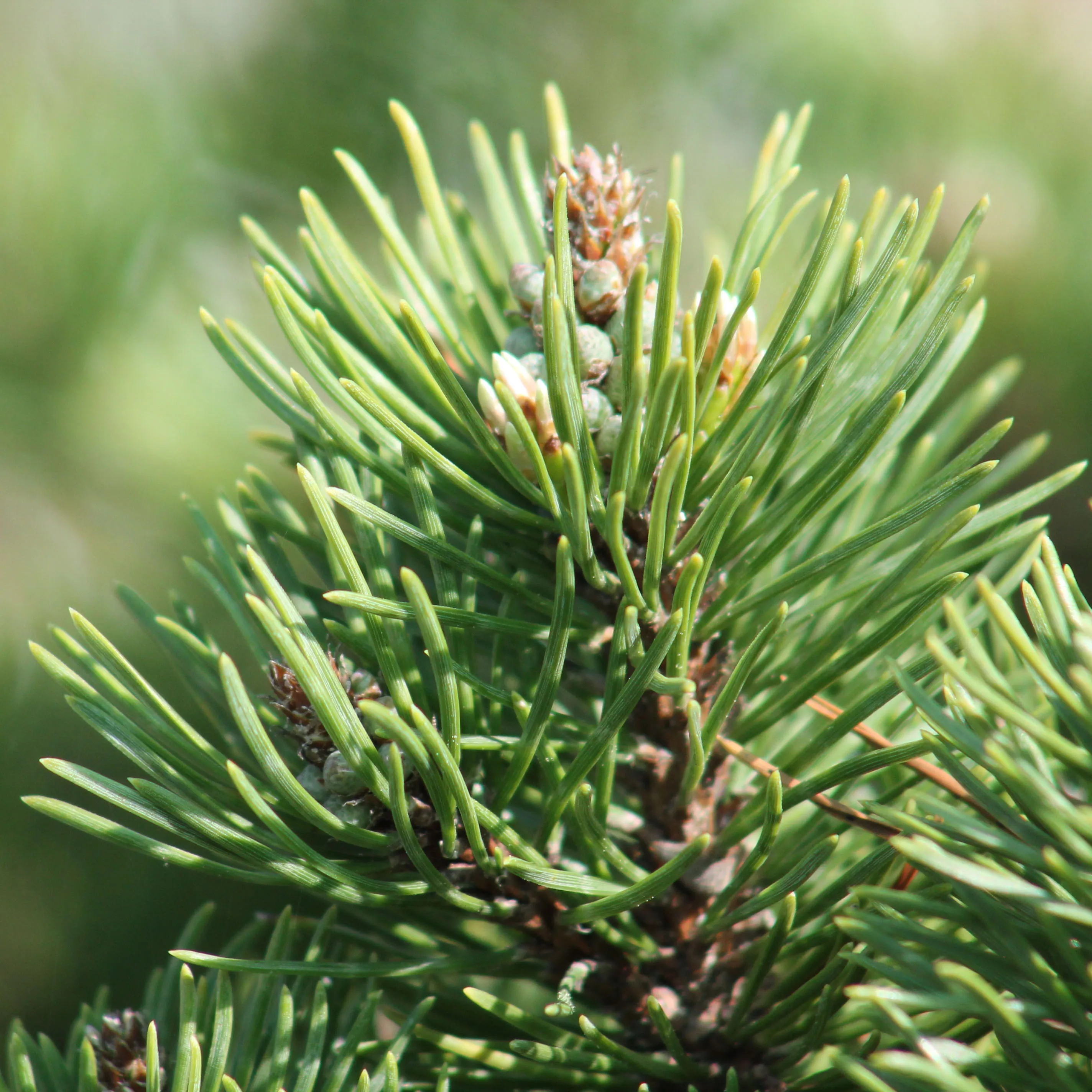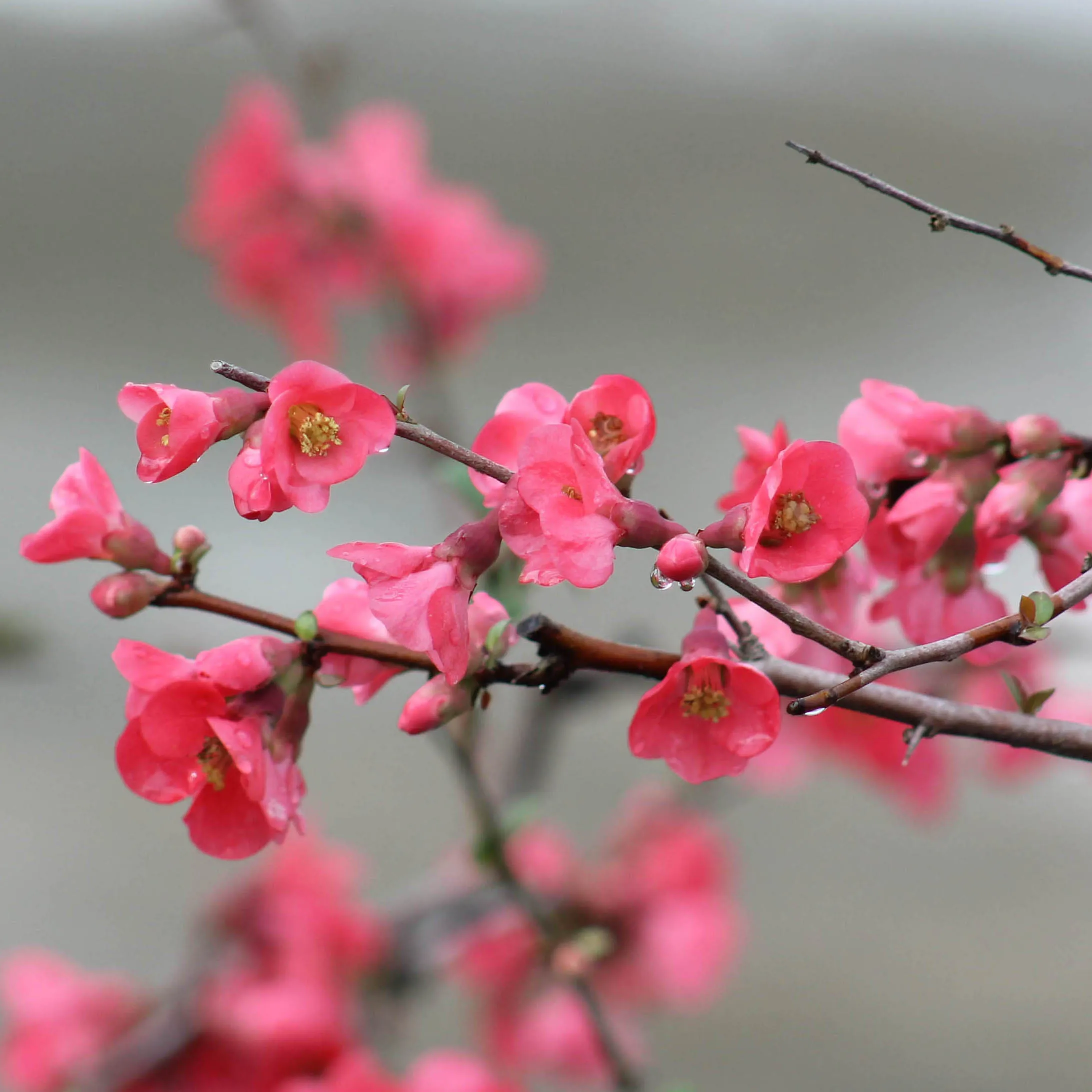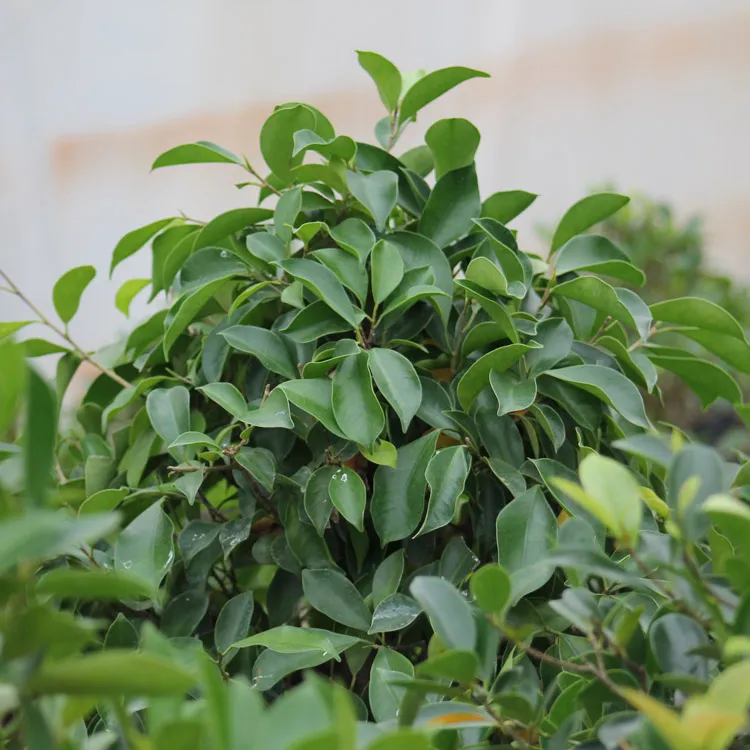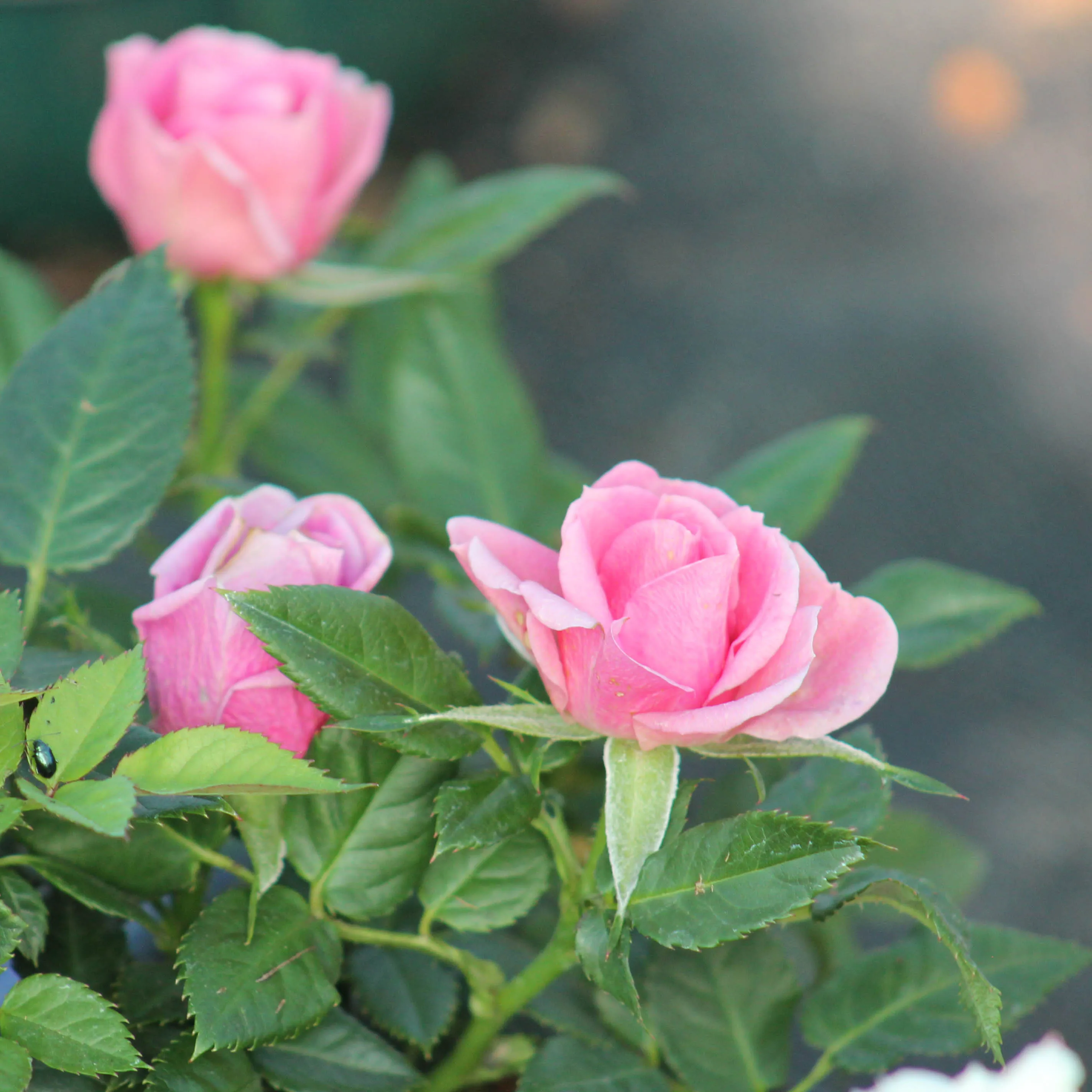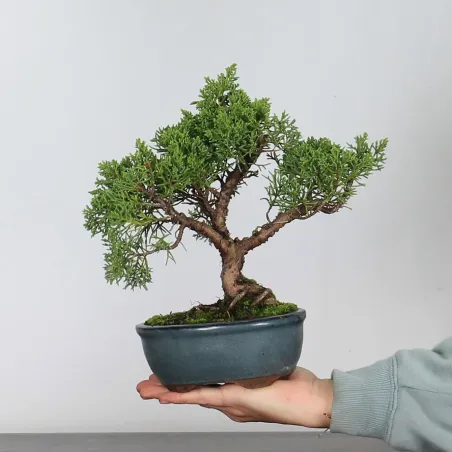Dehors toute l'année, placez-le dans une zone d'alternance d'ombre et de soleil, à l'abri des vents froids ou desséchants. Le bambou sacré convient à tous les climats grâce à sa rusticité. Si le climat est trop venteux ou trop froid en dessous de -12°C, protégez-le, en enveloppant le pot avec un voile d'hivernage ou laine de verre pour protéger ses racines du gel.
 English
en
English
en
Bonsai
Nandina "sacred bamboo" 1-8
Nandina, also known as "Sacred Bamboo", is one of the few shrubs to have evergreen foliage, whose colour changes with the seasons, changing from red in spring to green in summer, and finally becoming orange-red in autumn. It offers all the shades of autumnal foliage but it doesn't fall off!
+ Location: outdoors all year round
+ Origin: India, China and Japan
Origin
The Nandina or sacred bamboo belongs to the Berberidaceae family, it is native to Japan and China.
Its name Nandina is a corruption of its Japanese name: nanten. The name "sacred bamboo" is reminiscent of the Eastern tradition that these shrubs were planted around temples.
A bonsai with bamboo leaves
The Nandina or sacred bamboo is a tree with an erect habit, light and tall foliage. Its stiff stems are reminiscent of those of bamboo, they bear leaves with irregular, oval leaflets. The foliage is reddish when young, turning dark green in the summer and turning purple again in the fall.
This bonsai blooms in the summer, but this bloom goes unnoticed. Its uninteresting white bunches, 20-30cm long, give rise to bunches of red berries in autumn, pendulous and very decorative.
Exhibition
Outside all year round. Find a spot in full sun or partial shade, sheltered from cold or drying winds.
Watch out for wind/frost even if it can withstand temperatures down to about -12°C.
You can perform a cleaning pruning, if necessary by removing dead wood and shortening the twigs that are unbalancing it.
Maintenance
| Planting period: | All year round (excluding frost) |
| Foliage: | Persist |
| Leaf color: | green, purple |
| Flower colour: | White |
| Flowering period: | May-June |
| Rusticity: | Semi-rustic |

 Production of French Bonsai
Production of French Bonsai













